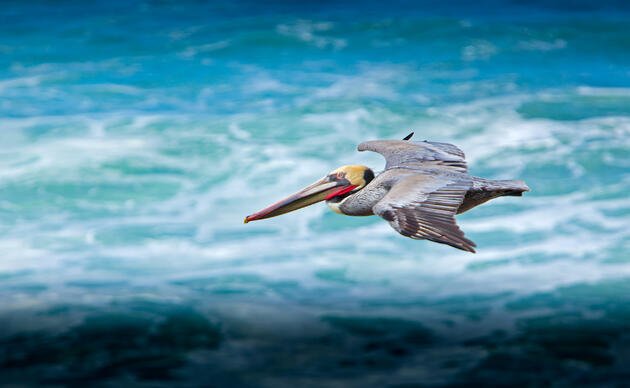Mass die-offs for birds, fish and marine invertebrates have been steadily increasing for the past 70 years, according to a new study published Monday. The study, published Monday, Jan. 12 in the Proceedings of the National Academy of Sciences, was led by researchers at UC Berkeley, the University of San Diego and Yale University.
Overall, disease was the primary culprit, accounting for 26 percent of the mass die-offs. Direct effects tied to humans, such as environmental contamination, caused 19 percent of the mass kills. Biotoxicity triggered by events such as algae blooms accounted for a significant proportion of deaths, and processes directly influenced by climate -- including weather extremes, thermal stress, oxygen stress or starvation -- collectively contributed to about 25 percent of mass mortality events. The most severe events were those with multiple causes, the study found.
By Garrison Frost
January 13, 2015
Monthly Giving
Our monthly giving program offers the peace of mind that you’re doing your part every day.




